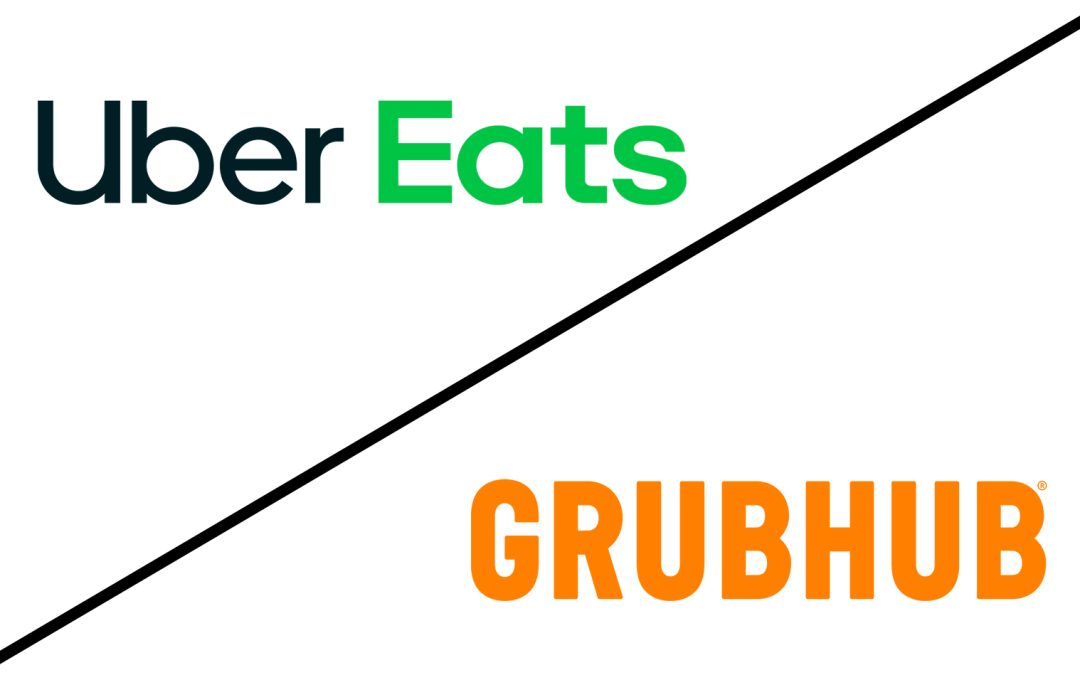The third-party networks continue to evolve, expanding into new verticals as growth continues. Two third-party leaders talked with Editor Tom Kaiser during the 2022 Food On Demand Conference, touching on some of the big trends in a panel discussion titled Diversifying the Major Delivery Platforms.
Yadavan Mahendraraj, head of merchant operations and strategy at Uber Eats, and Kyle Goings, director of merchant growth and new verticals at Grubhub, shared some key insights, starting with the push into grocery.
While Mahendraraj said picking a favorite category is like choosing a favorite child, Uber Eats is putting a lot of investment into grocery right now.
“They’re all really important to us, they’re all things customers want. But where you see us investing the most is that grocery category, that’s a massive opportunity. It’s a space with a ton of potential,” said Mahendraraj.
Uber Eats acquired Cornershop in 2020, and the Latin America grocery player has provided a lot of insights into how to make grocery work well, but a big partnership with grocery giant Albertsons brought the goods in the U.S.
“You still need merchants, so Albertsons is part of that same strategy, and they go together well. Cornershop brings the expertise and Albertsons brings the network,” said Mahendraraj.
Grubhub is also focused on grocery; it inked a partnership with Buyk shortly before the ultra-fast grocery startup flamed out in part due to Russian sanctions. But Goings said the new vertical will continue especially in the convenience and alcohol segments—consumers want it and it actually helps push business for restaurant merchants in the ecosystem.
“It’s encouraging to see the trends and we think it will be a meaningful growth category,” said Goings. “When we get someone to order a new vertical, they order from more restaurants, as well. Better retention leads to more restaurant orders, that was an interesting thing to see when we first launched this because it’s helping restaurants, too.”
Restaurant business will remain the central focus for the company, but that platform play is clearly powerful. Mahendraraj saw the same “rising tide” effect in Uber, with consumers spending double across the platform when they frequent any category.
“We see the same thing, when a customer becomes a frequent customer of any vertical, they spend 2X across all verticals. We’re trying to push that further with Uber Pass,” said Mahendraraj.
Goings said ultra-fast grocery was challenging, but consumers who need something right away are willing to pay. And even if it’s not a windfall for Grubhub, he stressed the platform play makes sense.
“We’re in the business of making money, so that’s definitely a goal. We wouldn’t be in the space if we didn’t think we could,” said Goings. “If we can get more orders to our restaurant partners via other channels, it’s a net win. If we break even or slightly negative profit for a grocery order, we’re OK with that because it’s a net positive.”
Uber Eats isn’t reluctant, but ultra-fast grocery is not a big area of investment for the company.
“I wouldn’t call it hesitance,” said Mahendraraj. “There is a lot of inventory management and it’s not something we’ve spent a lot of time on. The partnership model is the right for us, so that’s why you saw the partnership with Gopuff and FastAF.”
Pharmacy is also a new vertical both Uber and Grubhub are working on. The latter partnered up with Rite Aid to deliver prescriptions, and Uber is growing Uber Health, and building on a partnership with ScriptDrop.
“That’s done really well, but what’s more exciting is the platform play,” said Mahendraraj. “We are able to do the prescription side, but millions of Americans miss visits because of lack of transportation. So were able to give dashboards to doctors to drive health outcomes.”
What about restaurant innovations? The big networks are clearly focused on new verticals, but Goings said he’s very excited about one new model for restaurant partners: the company’s internal virtual restaurant, MasterChef Table. The new product builds on celebrity chefs, big data and investment from the company. According to Grubhub, the company funds opening inventory, provides PR and marketing support and waves Grubhub Plus and listing fees. Goings said it’s a big focus.
“Top of mind for me, is MasterChef, obviously virtual restaurants are a big topic here. MasterChef is a concept we announced a couple weeks ago to build the menu that is universally available to restaurants,” said Goings, noting the menu was designed to work on standard restaurant equipment. “It’s pretty easy to turnkey. It’s a new distribution channel to get food out of your storefront.”
The big players are working on a lot that couldn’t fit in a short panel discussion, but it’s clear that evolving into additional new verticals and providing new options for restaurant partners will be a major push for 2022.


